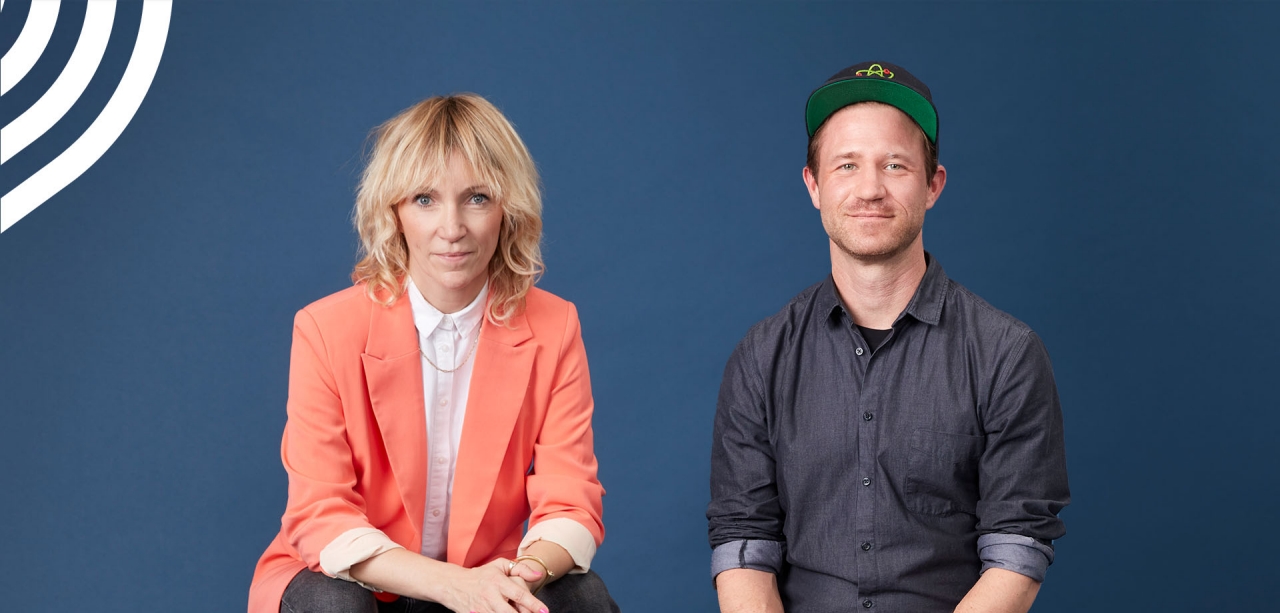Generative KI

End of creativity or start of a new era?
The creative industry may be one of the first fields in which generative artificial intelligence causes a breakthrough or a major change. Hopes and fears are close together – and we are already talking about the ‘end of creativity’. But does that really reflect current realities? Or doesn’t AI actually create room for new creativity?
In 1839 the first daguerreotype, a precursor of photography, was presented in Paris. Painters feared for their existence, especially portrait and landscape painters who attempted to portray reality. Abstract, non-representational or performance art as we know it today was hardly conceivable around 200 years ago.
Artificial intelligence (AI) could well be a similar turning point for many creative professions – but across the industry and in all creative disciplines. It is becoming increasingly easy for amateurs to produce graphics that look pretty, texts and music that sound good, and even passable films and 3D imagery. Strategies? SWOT analyses? Everything is becoming more tangible for everyone.
It really looks as if history is about to repeat itself. Although at a considerably more rapid pace: Certain tasks are being automated and thus made available to the masses. At the same time, there is a growing desire to stand out from the crowd. This creates room for improvement, a compulsion to act and, in turn, room for innovation – but only for those who use the new tools.
And that’s exactly what creativity means: The creation of things that are new or unique. But let’s be honest: Creativity has always (proudly) stolen and copied in order to create something new from it. It’s called ‘inspiration’. Is AI so much different?
What does creativity look like in the age of AI?
Creativity and AI such as ChatGPT suffer from the same prejudice: The magic is not in the result, but in the process. Most AI tools are a dialogue, not a Google search mask that provides the answer to a question. AI starts being useful when you don’t just ask it questions, but respond to its answers; when you provide context, examples and backward and forward references, experiment, dare to say or write false facts, misunderstand one another, or, quite simply, ask the right questions. Chatting with AI is just like any other dialogue: thoughtless input = at best average output – apart from random hits.
Likewise, a good image, slogan or cinematic narrative is only the tip of the iceberg. We dare to bet that no one has ever simply whipped out a (good) creative idea that perfectly fits the bill for a problem or briefing on the spur of the moment. Creativity is also a process, a dialogue with yourself and others. The outcome depends on with whom this dialogue is conducted, what experiences are incorporated, who listens how, what is discussed and how the participants in this dialogue respond to one another. It is desirable, as with any new technology and any impending change, for us to be curious and to try out and explore the potentials we are offered. And don’t look anxiously towards a future that is inevitable – whether we want to see it or not.
We are convinced that, with AI, a multifaceted and highly responsive interlocutor has entered the creative dialogue. And we say: welcome aboard!
Authors: Katsche Platz, Creative Director at Serviceplan DCNTRL, and Nina Matzat, General Manager at Serviceplan DCNTRL